MXene-Assisted Ablation of Cells with a Pulsed Near-Infrared Laser
Sergiy Kyrylenko a , Oleksiy Gogotsi b, Ivan Baginskiy b , Vitalii Balitskyi b , Veronika Zahorodna b , Yevheniia Husak a,c , Ilya Yanko a , Mykolay Pernakov a , Anton Roshchupkin a , Mykola Lyndin a , Bernhard B. Singer d , Volodymyr Buranych a , Alexander Pogrebnjak a,e , Oksana Sulaieva f , Oleksandr Solodovnyk a,g , Yury Gogotsi a,h , Maksym Pogorielov a,i*
a Sumy State University, 31 Sanatorna St, Sumy 40007 Ukraine
b Materials Research Centre, 3 Krzhizhanovskogo St, Kyiv 03680 Ukraine
c Silesian University of Technology, 2 A Akademicka St, Gliwice 44 100 Poland
d Institute of Anatomy, Medical Faculty, University Duisburg Essen, 171 Virchowstraße Essen 45147 Germany
e Al Farabi Kazakh National University, Almaty, Kazakhstan
f Medical Laboratory CSD, 45 Vasylkivska St, Kyiv 02000 Ukraine
g VERBA MEDICAL LTD, 31 А Lushpy St, Sumy 40035 Ukraine
h Drexel University, 3141 Chestnut St, Philadelphia, PA 19104 United States
i University of Latvia, Institute of Atomic Physics and Spectroscopy, 3 Jelgavas St, Riga LV 1004 Latvia
Abstract
Innovative therapies are urgently needed to combat cancer. Thermal ablation of tumor cells is a promising minimally invasive treatment option. Infrared light can penetrate human tissues and reach superficial malignancies. MXenes are a class of 2D materials that consist of carbides/nitrides of transition metals. The transverse surface plasmons of MXenes allow for efficient light absorption and light-to-heat conversion, making MXenes promising agents for photothermal therapy (PTT). To date, near-infrared (NIR) light lasers have been used in PTT studies explicitly in a continuous mode. We hypothesized that pulsed NIR lasers have certain advantages for the development of tailored PTT treatment targeting tumor cells. The pulsed lasers offer a wide range of controllable parameters, such as power density, duration of pulses, pulse frequency, and so on. Consequently, they can lower the total energy applied and enable the ablation of tumor cells while sparing adjacent healthy tissues.
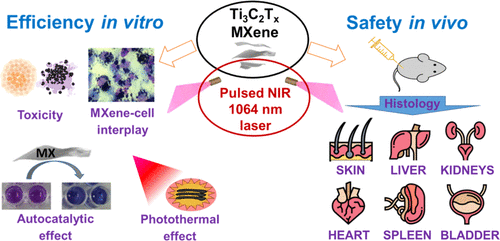
We show for the first time that a pulsed 1064 nm laser could be employed for selective ablation of cells loaded with Ti3C2Tx MXene. We demonstrate both low toxicity and good biocompatibility of this MXene in vitro, as well as a favorable safety profile based on the experiments in vivo. Furthermore, we analyze the interaction of MXene with cells in several cell lines and discuss possible artifacts of commonly used cellular metabolic assays in experiments with MXenes. Overall, these studies provide a basis for the development of efficient and safe protocols for minimally invasive therapies for certain tumors.
Keywords: MXene, photothermal therapy, cancer cell, pulsed near-infrared laser, in vivo, safety
Cite article:
Sergiy Kyrylenko, Oleksiy Gogotsi, Ivan Baginskiy, Vitalii Balitskyi, Veronika Zahorodna, Yevheniia Husak, Ilya Yanko, Mykolay Pernakov, Anton Roshchupkin, Mykola Lyndin, Bernhard B. Singer, Volodymyr Buranych, Alexander Pogrebnjak, Oksana Sulaieva, Oleksandr Solodovnyk, Yury Gogotsi, Maksym Pogorielov, MXene-Assisted Ablation of Cells with a Pulsed Near-Infrared Laser. ACS Appl. Mater. Interfaces 2022, 14, 25, 28683–28696, https://doi.org/10.1021/acsami.2c08678
| Novel electrically conductive electrospun PCL‑MXene scaffolds for cardiac tissue regeneration |
|
|
| Read recently published paper about our collaborative work: MXene Functionalized Kevlar Yarn via Automated, Continuous Dip Coating |
|
|
| Our new collaborative research paper with Drexel team on Porous Ti3AlC2 MAX phase enables efficient synthesis of Ti3C2Tx MXene |
|
|


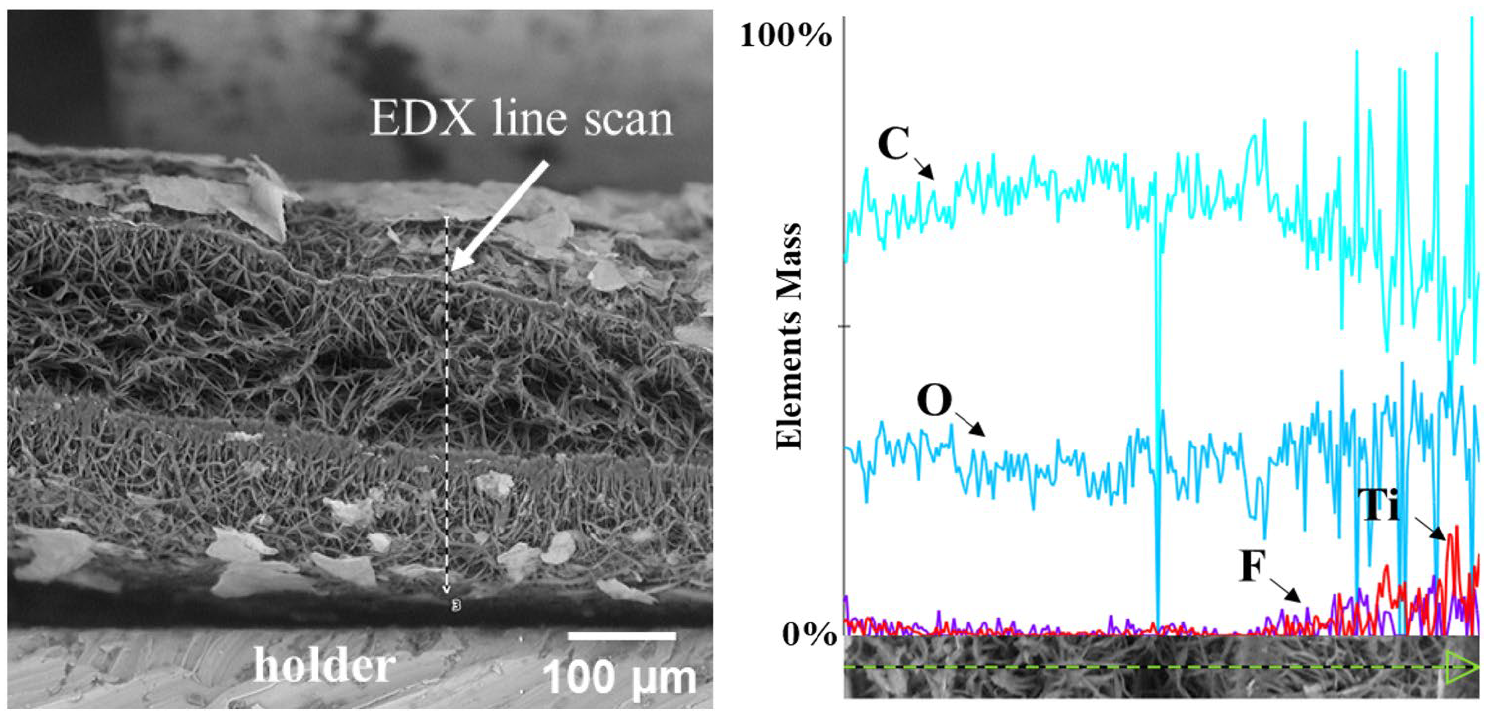 Here we demonstrate a new developed method for depositing Ti3C2Tx MXenes onto hydrophobic electrospun PCL membranes using oxygen plasma treatment. These novel patches hold tremendous potential for providing mechanical support to damaged heart tissue and enabling electrical signal transmission,thereby mimicking the crucial electroconductivity required for normal cardiac function. After a detailed investigation of scaffold-to-cell interplay, including electrical stimulation, novel technology has the potential for clinical application not only for cardiac regeneration, but also as neural and muscular tissue substitutes.
Here we demonstrate a new developed method for depositing Ti3C2Tx MXenes onto hydrophobic electrospun PCL membranes using oxygen plasma treatment. These novel patches hold tremendous potential for providing mechanical support to damaged heart tissue and enabling electrical signal transmission,thereby mimicking the crucial electroconductivity required for normal cardiac function. After a detailed investigation of scaffold-to-cell interplay, including electrical stimulation, novel technology has the potential for clinical application not only for cardiac regeneration, but also as neural and muscular tissue substitutes.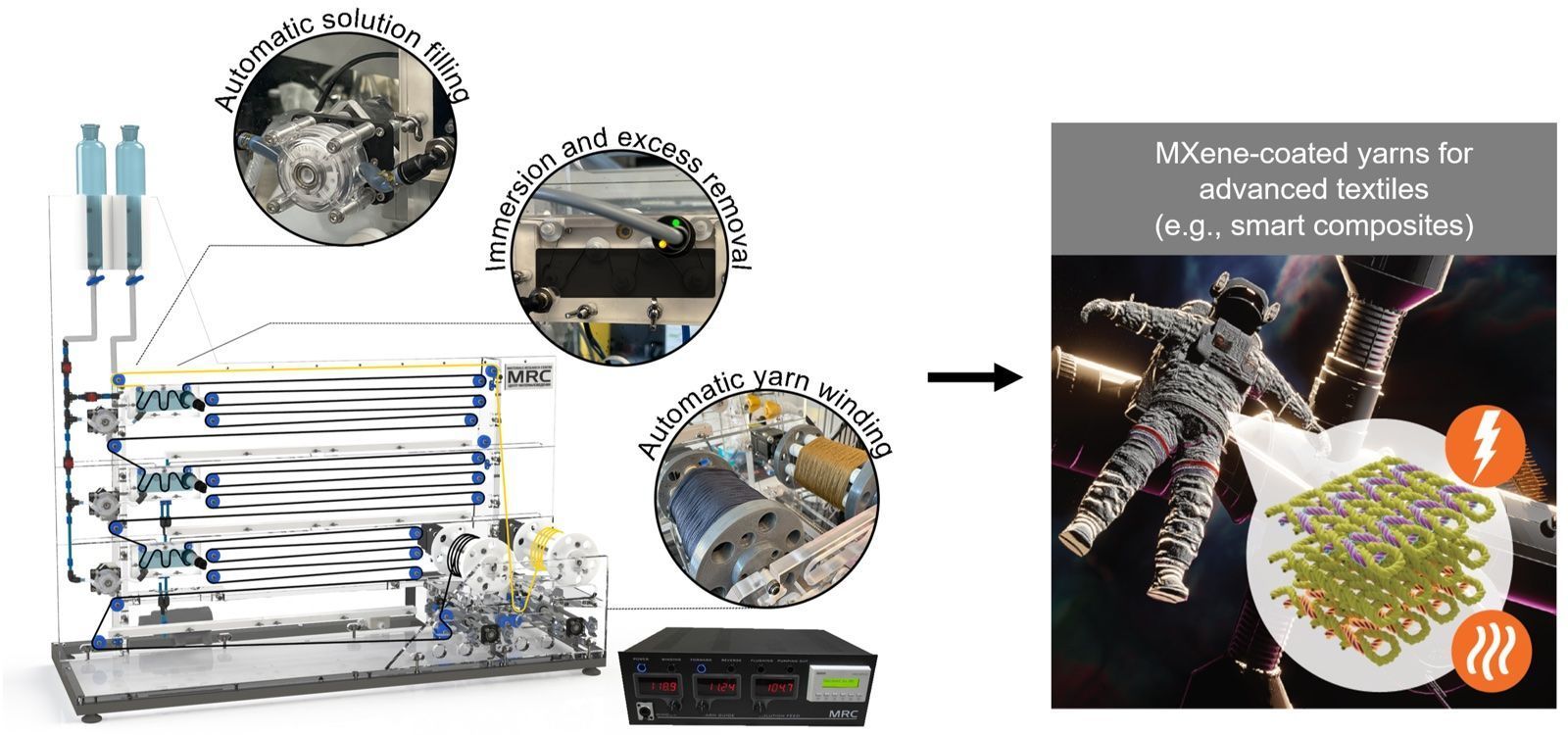 The rise of the Internet of Things has spurred extensive research on integrating conductive materials into textiles to turn them into sensors, antennas, energy storage devices, and heaters. MXenes, owing to their high electrical conductivity and solution processability, offer an efficient way to add conductivity and electronic functions to textiles. Here, a versatile automated yarn dip coater tailored for producing continuously high-quality MXene-coated yarns and conducted the most comprehensive MXene-yarn dip coating study to date is developed.
The rise of the Internet of Things has spurred extensive research on integrating conductive materials into textiles to turn them into sensors, antennas, energy storage devices, and heaters. MXenes, owing to their high electrical conductivity and solution processability, offer an efficient way to add conductivity and electronic functions to textiles. Here, a versatile automated yarn dip coater tailored for producing continuously high-quality MXene-coated yarns and conducted the most comprehensive MXene-yarn dip coating study to date is developed. 

 Highlights
Highlights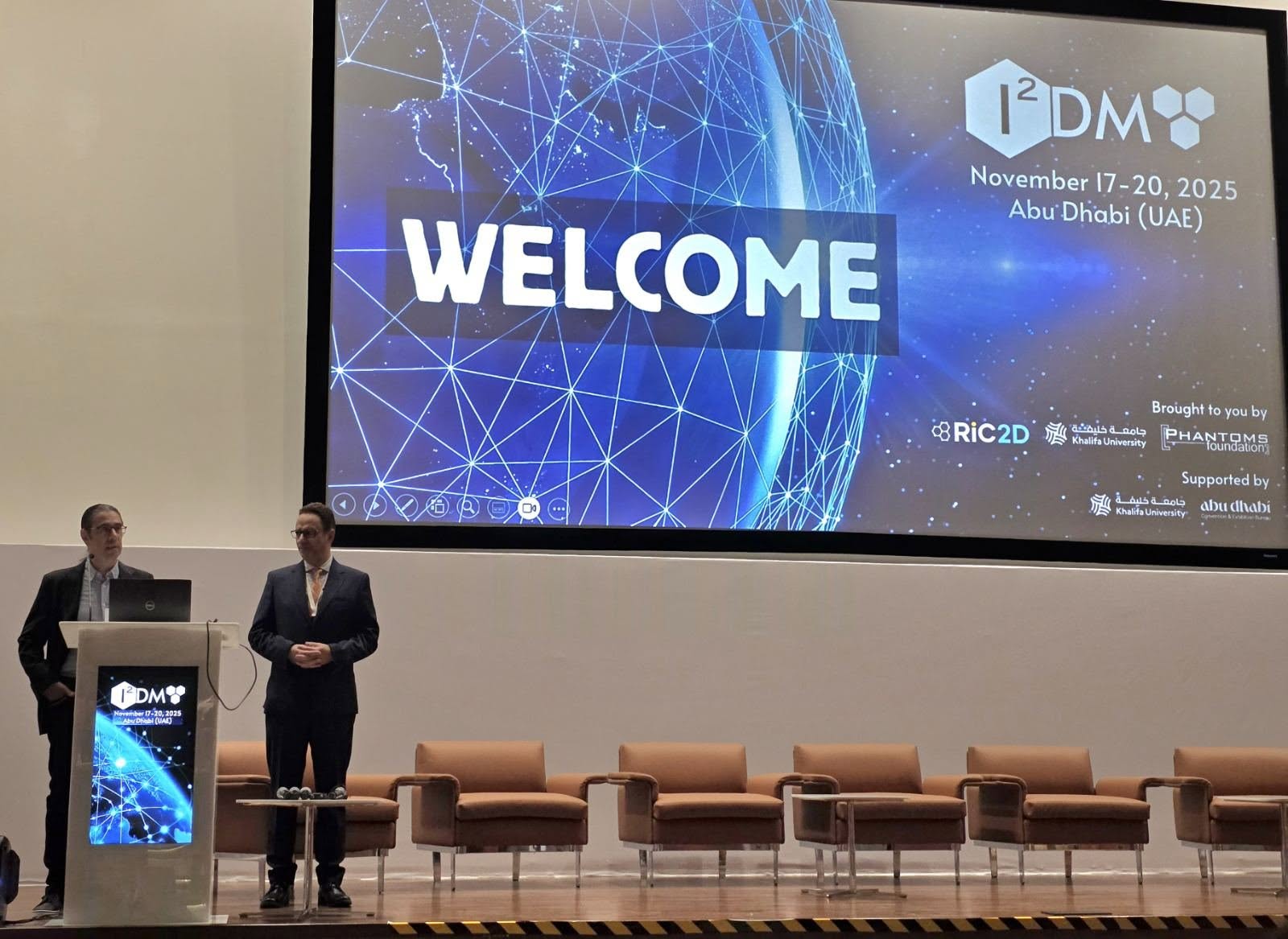 We are excited to share that our Carbon-Ukraine (Y-Carbon LLC) company participated in the I2DM Summit and Expo 2025 at Khalifa University in Abu-Dhabi! Huge thanks to Research & Innovation Center for Graphene and 2D Materials (RIC2D) for hosting such a high-level event.It was an incredible opportunity to meet brilliant researchers and innovators working on the next generation of 2D materials. The insights and energy from the summit will definitely drive new ideas in our own development.
We are excited to share that our Carbon-Ukraine (Y-Carbon LLC) company participated in the I2DM Summit and Expo 2025 at Khalifa University in Abu-Dhabi! Huge thanks to Research & Innovation Center for Graphene and 2D Materials (RIC2D) for hosting such a high-level event.It was an incredible opportunity to meet brilliant researchers and innovators working on the next generation of 2D materials. The insights and energy from the summit will definitely drive new ideas in our own development. Carbon-Ukraine team had the unique opportunity to visit XPANCEO - a Dubai-based deep tech startup company that is developing the first smart contact lenses with AR vision and health monitoring features, working on truly cutting-edge developments.
Carbon-Ukraine team had the unique opportunity to visit XPANCEO - a Dubai-based deep tech startup company that is developing the first smart contact lenses with AR vision and health monitoring features, working on truly cutting-edge developments. Our Carbon-Ukraine team (Y-Carbon LLC) are thrilled to start a new RIC2D project MX-Innovation in collaboration with Drexel University Yury Gogotsi and Khalifa University! Amazing lab tours to project collaborators from Khalifa University, great discussions, strong networking, and a wonderful platform for future collaboration.
Our Carbon-Ukraine team (Y-Carbon LLC) are thrilled to start a new RIC2D project MX-Innovation in collaboration with Drexel University Yury Gogotsi and Khalifa University! Amazing lab tours to project collaborators from Khalifa University, great discussions, strong networking, and a wonderful platform for future collaboration.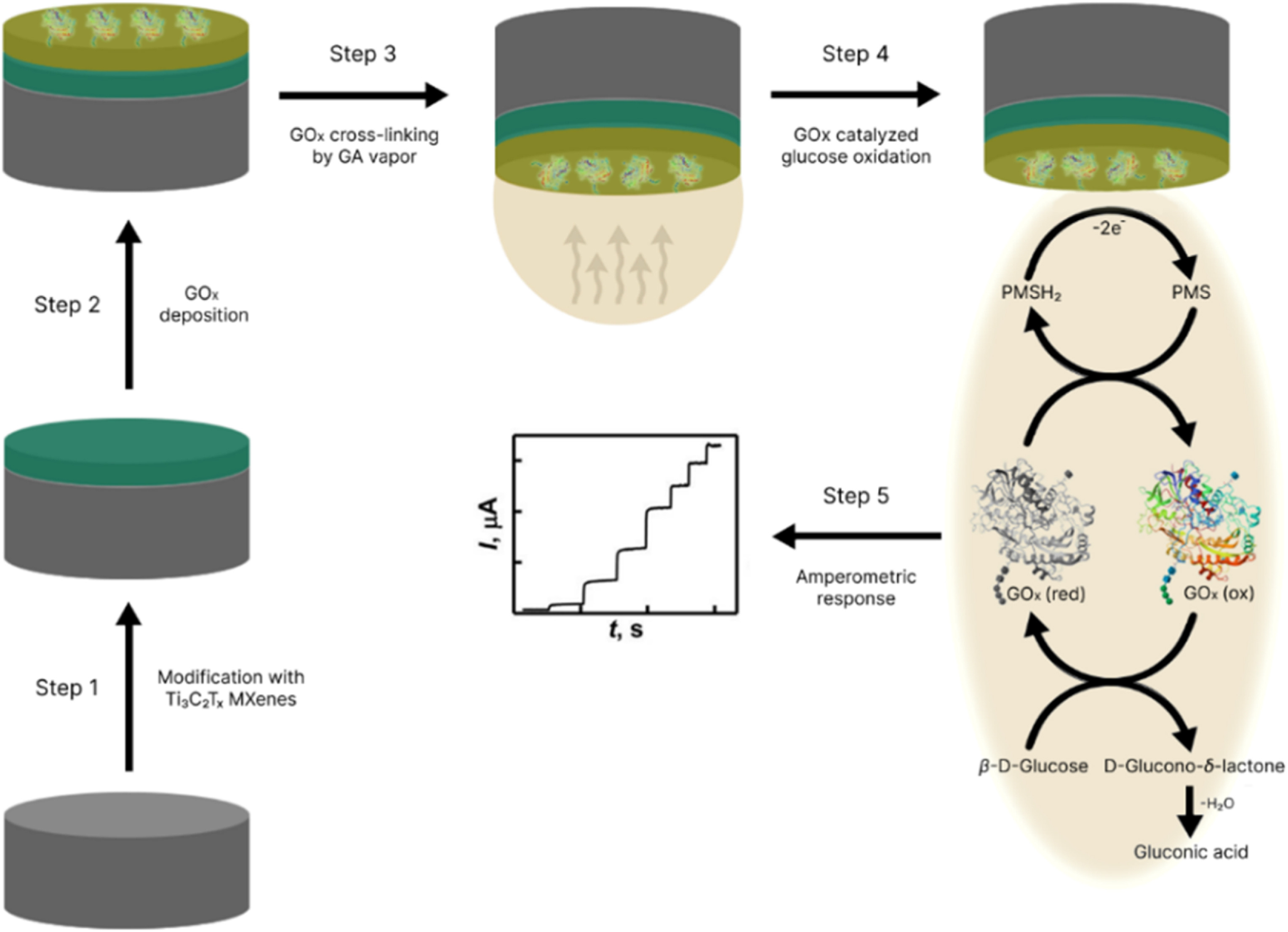
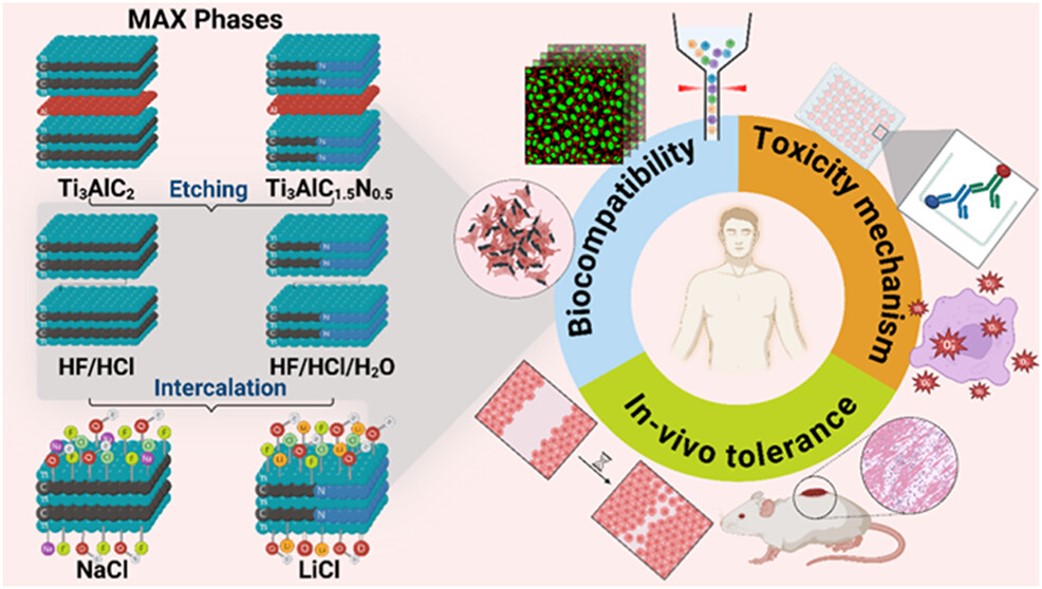 MXenes potential applications include sensors, wound healing materials, and drug delivery systems. A recent study explored how different synthesis methods affect the safety and performance of MXenes. By comparing etching conditions and intercalation strategies, researchers discovered that fine-tuning the surface chemistry of MXenes plays a crucial role in improving biocompatibility. These results provide practical guidelines for developing safer MXenes and bring the field one step closer to real biomedical applications.
MXenes potential applications include sensors, wound healing materials, and drug delivery systems. A recent study explored how different synthesis methods affect the safety and performance of MXenes. By comparing etching conditions and intercalation strategies, researchers discovered that fine-tuning the surface chemistry of MXenes plays a crucial role in improving biocompatibility. These results provide practical guidelines for developing safer MXenes and bring the field one step closer to real biomedical applications. An excellent review highlighting how MXene-based sensors can help tackle one of today’s pressing environmental challenges — heavy metal contamination. Excited to see such impactful work moving the field of environmental monitoring and sensor technology forward!
An excellent review highlighting how MXene-based sensors can help tackle one of today’s pressing environmental challenges — heavy metal contamination. Excited to see such impactful work moving the field of environmental monitoring and sensor technology forward!
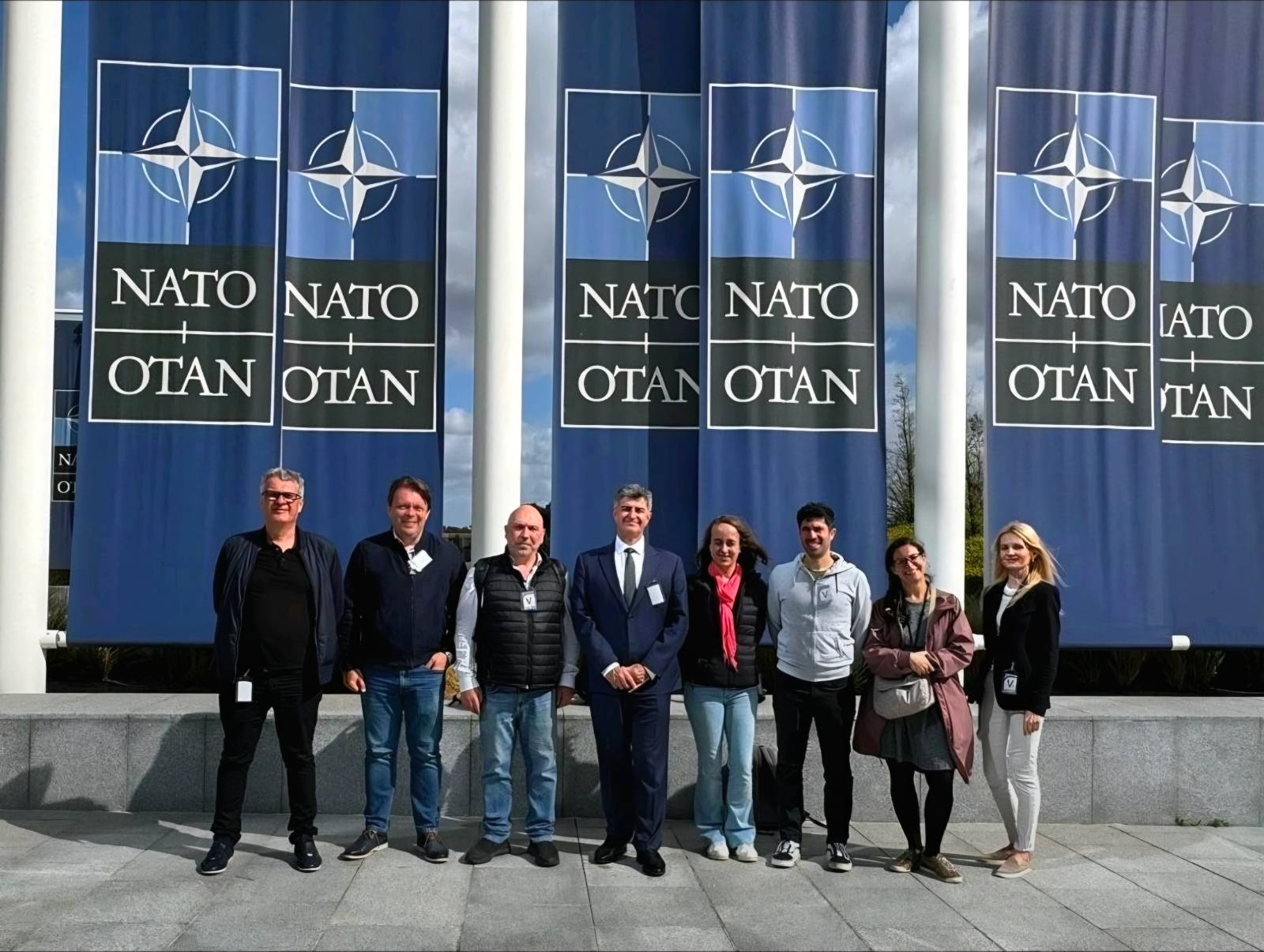 Carbon-Ukraine team was truly delighted to take part in the kickoff meeting of the ATHENA Project (Advanced Digital Engineering Methods to Design MXene-based Nanocomposites for Electro-Magnetic Interference Shielding in Space), supported by NATO through the Science for Peace and Security Programme.
Carbon-Ukraine team was truly delighted to take part in the kickoff meeting of the ATHENA Project (Advanced Digital Engineering Methods to Design MXene-based Nanocomposites for Electro-Magnetic Interference Shielding in Space), supported by NATO through the Science for Peace and Security Programme. Exellent news, our joint patent application with Drexel University on highly porous MAX phase precursor for MXene synthesis published. Congratulations and thanks to all team involved!
Exellent news, our joint patent application with Drexel University on highly porous MAX phase precursor for MXene synthesis published. Congratulations and thanks to all team involved!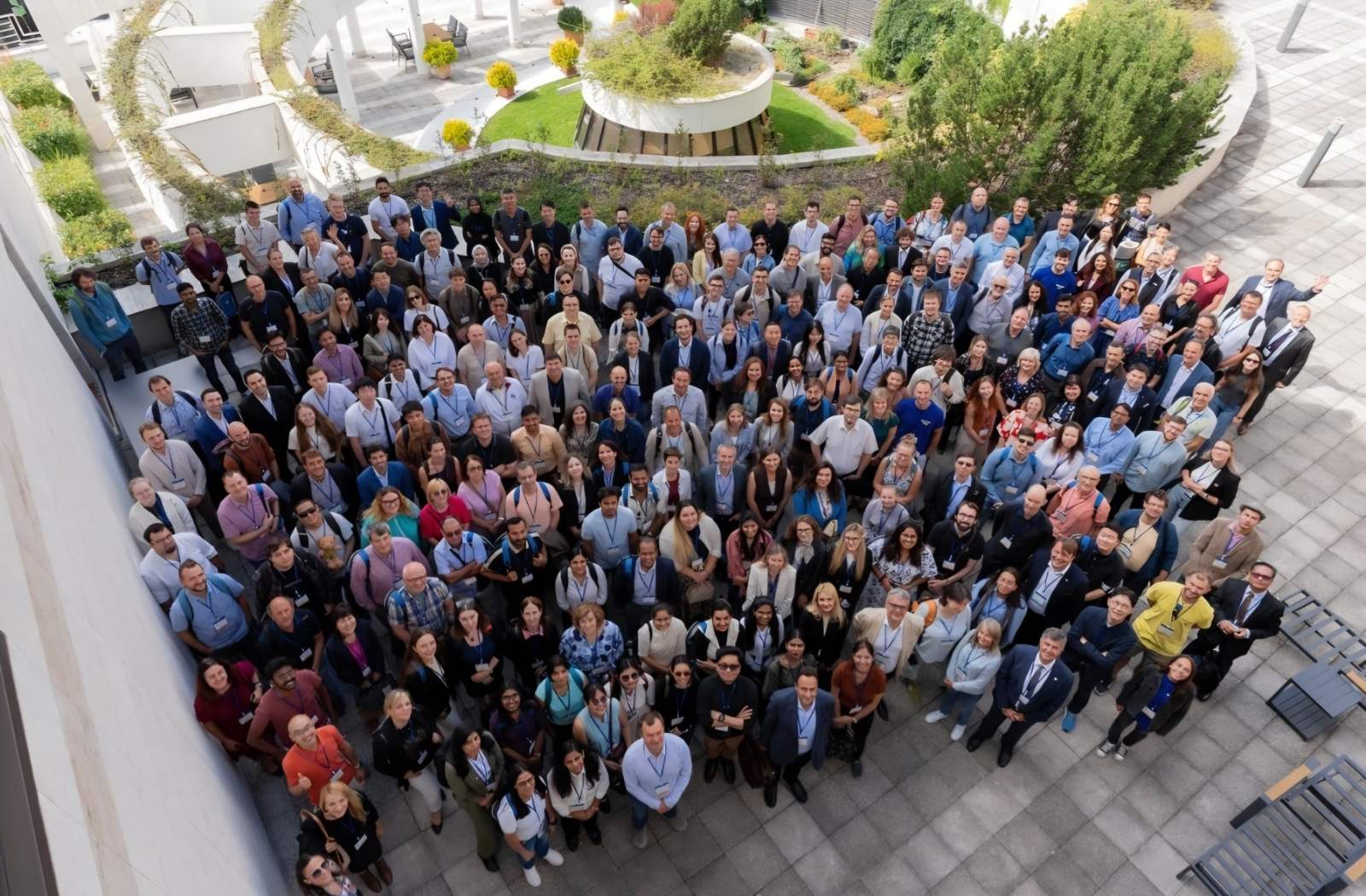 Our team was very delighted to take part in International Symposium "The MXene Frontier: Transformative Nanomaterials Shaping the Future" – the largest MXene event in Europe this year!
Our team was very delighted to take part in International Symposium "The MXene Frontier: Transformative Nanomaterials Shaping the Future" – the largest MXene event in Europe this year!  Last Call! Have you submitted your abstract for IEEE NAP-2025 yet? Join us at the International Symposium on "The MXene Frontier: Transformative Nanomaterials Shaping the Future" – the largest MXene-focused conference in Europe this year! Final Submission Deadline: May 15, 2025. Don’t miss this exclusive opportunity to showcase your research and engage with world leaders in the MXene field!
Last Call! Have you submitted your abstract for IEEE NAP-2025 yet? Join us at the International Symposium on "The MXene Frontier: Transformative Nanomaterials Shaping the Future" – the largest MXene-focused conference in Europe this year! Final Submission Deadline: May 15, 2025. Don’t miss this exclusive opportunity to showcase your research and engage with world leaders in the MXene field!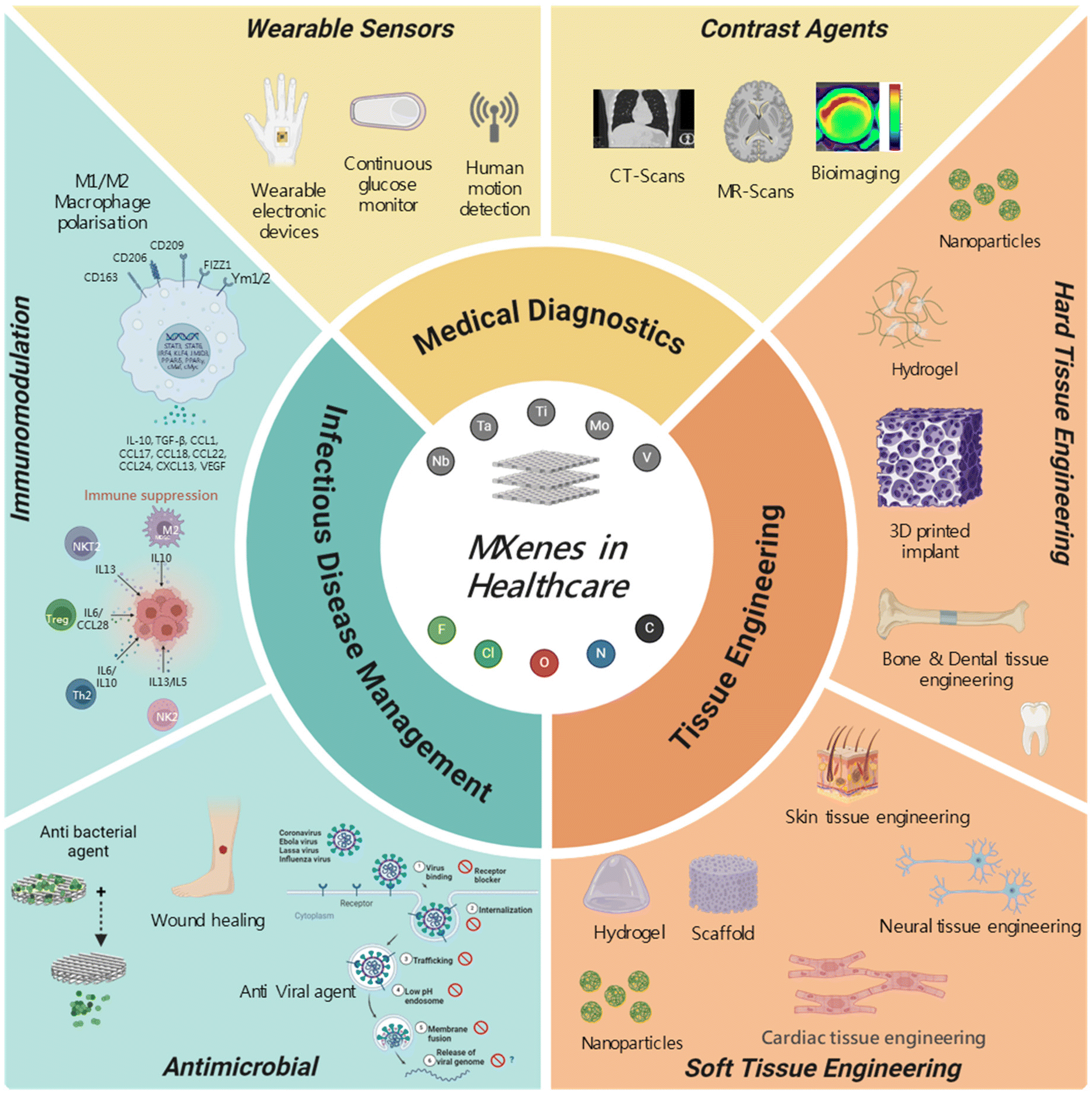 We are excited to announce the publication of latest review article on MXenes in Healthcare. This comprehensive review explores the groundbreaking role of MXenes—an emerging class of 2D materials—in revolutionizing the fields of medical diagnostics and therapeutics. Read the full article here: https://doi.org/10.1039/D4NR04853A.
We are excited to announce the publication of latest review article on MXenes in Healthcare. This comprehensive review explores the groundbreaking role of MXenes—an emerging class of 2D materials—in revolutionizing the fields of medical diagnostics and therapeutics. Read the full article here: https://doi.org/10.1039/D4NR04853A. Congratulations and thank you to our collaborators from TU Wien and CEST for very interesting work and making it published! In this work, an upscalable electrochemical MXene synthesis is presented. Yields of up to 60% electrochemical MXene (EC-MXene) with no byproducts from a single exfoliation cycle are achieved.
Congratulations and thank you to our collaborators from TU Wien and CEST for very interesting work and making it published! In this work, an upscalable electrochemical MXene synthesis is presented. Yields of up to 60% electrochemical MXene (EC-MXene) with no byproducts from a single exfoliation cycle are achieved. Congratulations to all collaborators with this interesting joint work!
Congratulations to all collaborators with this interesting joint work!